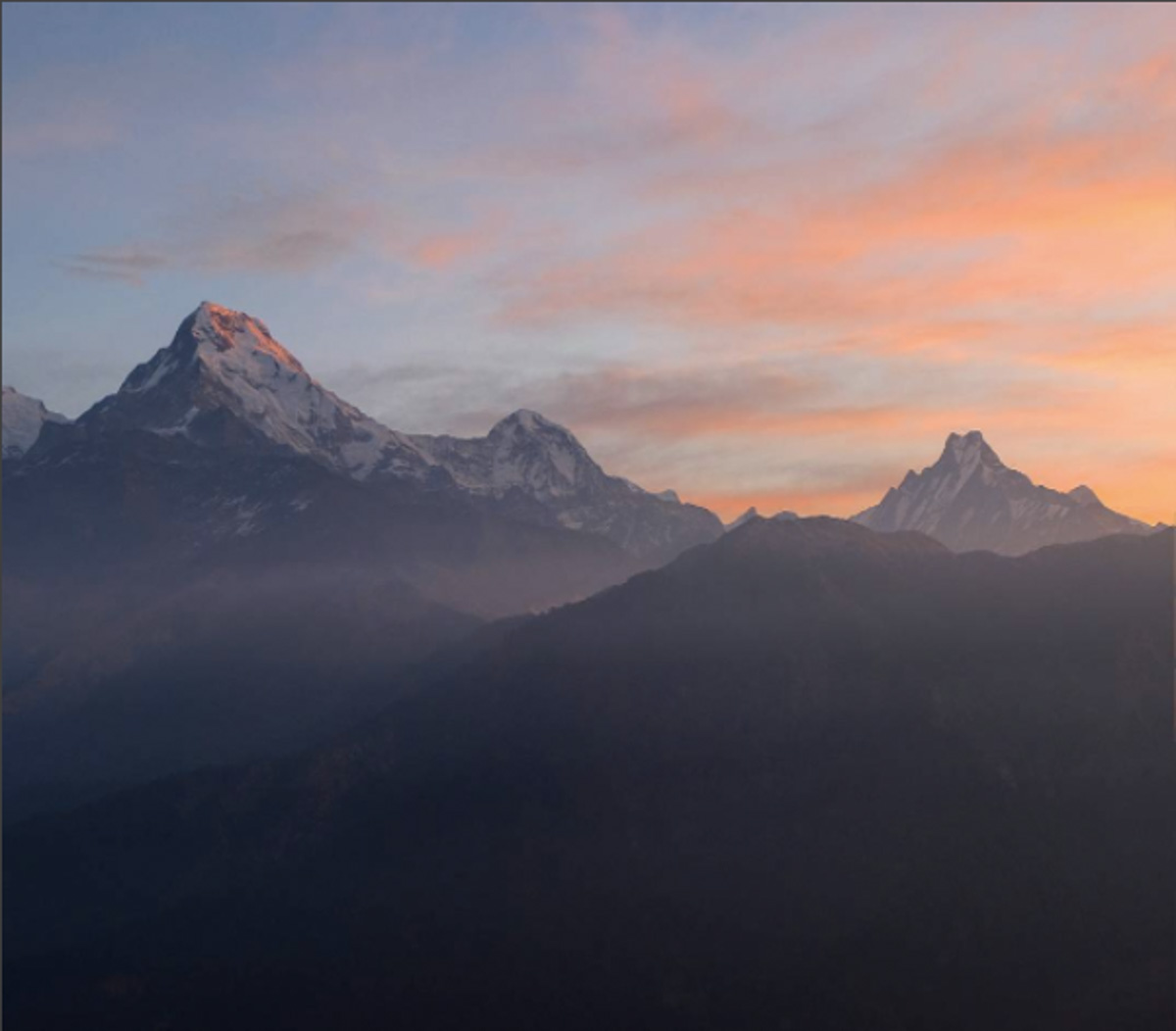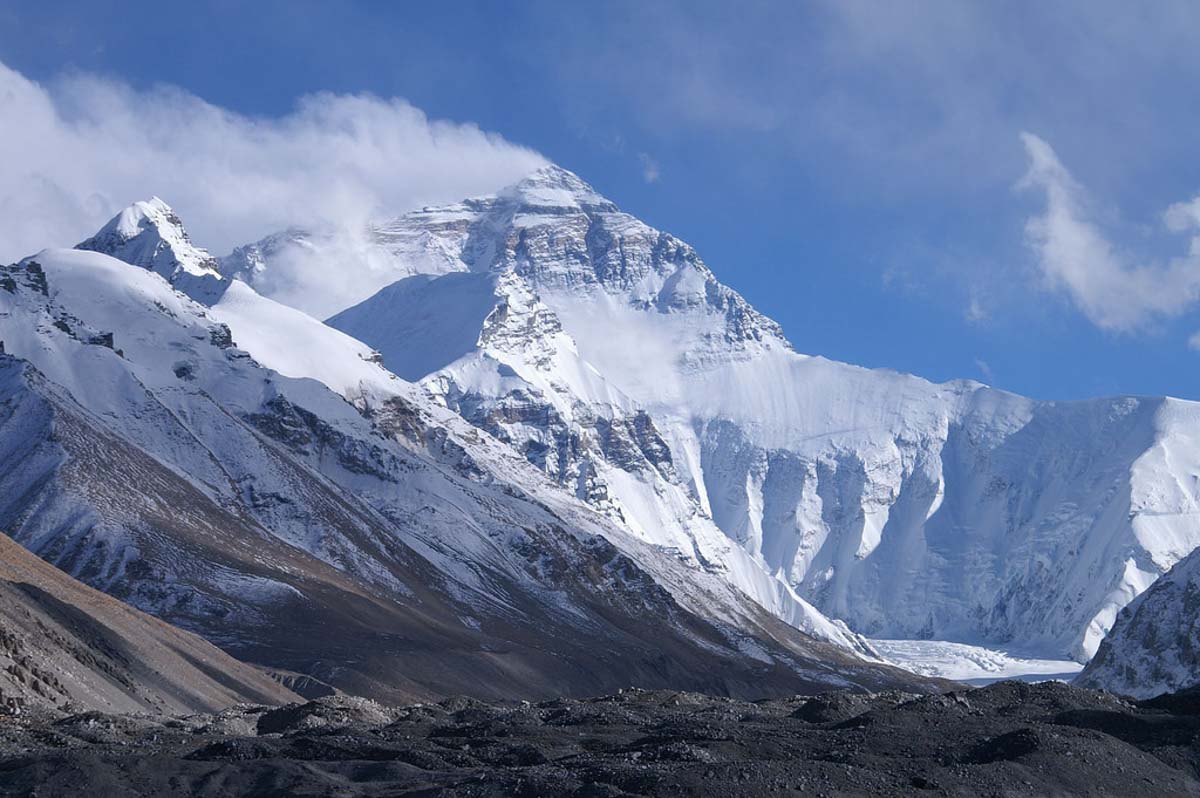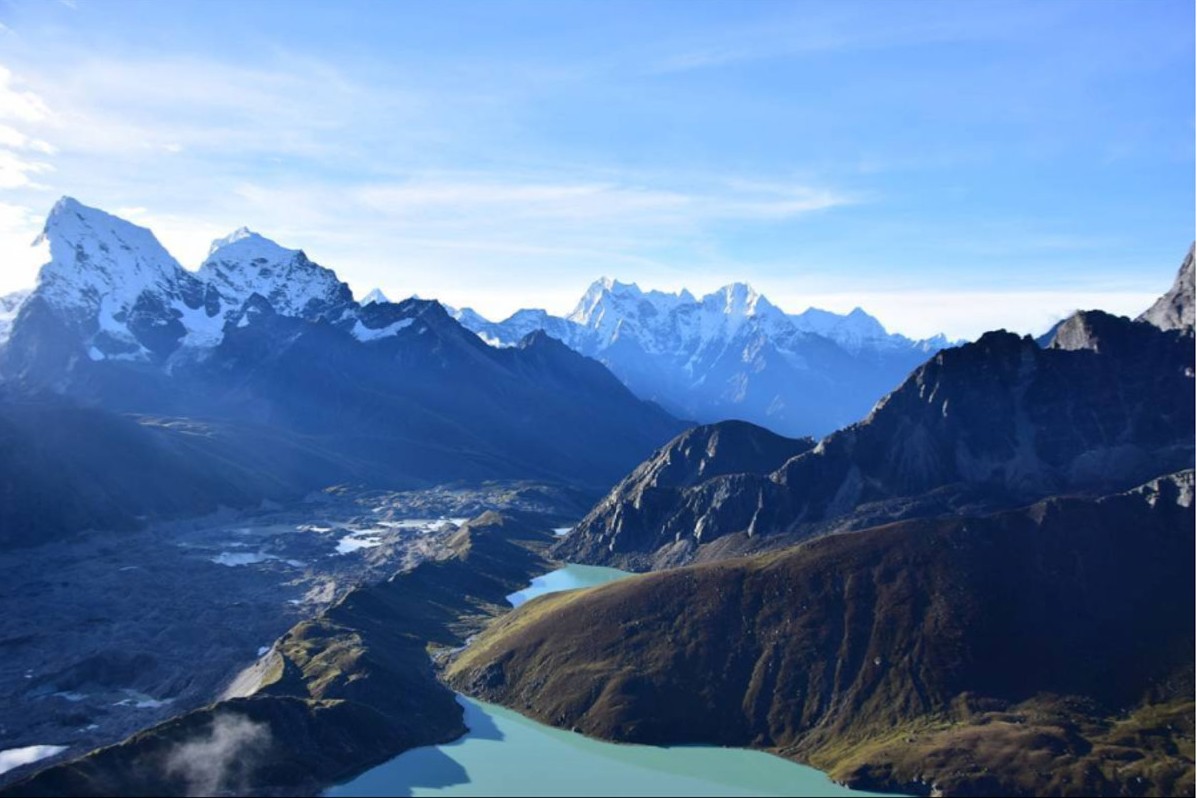Your Handy Guide To Mountain Trekking in Nepal: Everest, Annapurna, and more!
With more than 300 mountain peaks open for trekking and expeditions in Nepal, travellers are spoilt for choice. There are treks for all levels, whether you’re an experienced mountaineer aspiring for the summit of Mount Everest or a complete newbie. The most important thing about planning your trekking expedition is to find a route that suits your specific needs and preferences, instead of choosing the most famous or most scenic option. After all, you can hardly appreciate breathtaking views if you’re suffering from altitude sickness.
Read on for a quick guide to some of the best trek routes in Nepal. Be sure to stay till the end of the article for some quick tips that will come in handy no matter what trek you end up choosing.
Trekking in Nepal

1. Ghandruk Trek

This is the perfect trek for families with children or even the elderly. With comfortable trails, a relaxed walking pace, and low elevation, there’s almost no risk of problems like altitude sickness or fatigue cropping up. No Nepalese trek would be complete without scenic views of mountains like Annapurna and Machapuchare, but this trek is especially suited for those who have a more cultural bent, with the main highlight being visiting the local village of Ghandruk and partaking in its traditional customs and celebrations. If you are a more casual trekker who doesn’t want to take too much time out of the holiday for exploring mountains, this would be the perfect trek to conquer.
Duration: 3-4 days
Difficulty: Easy
Accommodations: Teahouse
Best Season: Sept-June
Key attractions:
– The walk through beautiful rhododendron forests
– The interaction with locals and gain insights into their culture and heritage

2. Ghorepani Poon Hill Trek

The Ghorepani Poon Hill trek is relatively easy and short, without steep trails and lasting for about 4-5 days. Pass through beautiful rhododendron forests, local Gurung villages, and terraced farmlands to be rewarded with a panoramic view of the Dhaulagiri, Nilgiri, and Annapurna peaks at the end.
Duration: 4-5 days
Difficulty: Easy to Moderate
Accommodations: Teahouse
Best Season: March-May, Oct-Nov
Key Attractions:
– Rhododendron forests in bloom in spring
– 360-degree view of surrounding mountains at the peak
– Many variations in scenery on the way: rice fields, farms, waterfalls, gorges

3. Annapurna Base Camp Trek

This wildly popular trek will take you as close to the formidable Annapurna as possible without requiring you to risk your life. Known as the world’s 10th highest but most dangerous mountain, Annapurna is not for the casual mountaineer, but reaching its base camp is certainly doable for the reasonably fit traveller. The trek itself features high passes and scenic valleys, providing trekkers with an abundance of different landscapes to appreciate.
Duration: 9-10 days
Difficulty: Moderate
Accommodations: Teahouse
Best Season: March-May, Oct-Nov
Key Attractions:
– Beautiful and varied landscapes
– Bragging rights for reaching the base of Annapurna
– Interaction with many other travellers on the route so there’s always a sense of community if you need it
Take Note: There are quite a few stairs on this trek, so some physical conditioning might be helpful.

4. Everest Base Camp (EBC)

The must-trek route for the aspirational Edmund Hillary. Get up close and personal with the mythic Mount Everest itself, and relish the excellent mountain-views along the way. This is also the best trek for adventurers who want to get to know the Sherpa people and learn more about their culture.
Duration: 12-13 days
Difficulty: Moderate to Difficult
Accommodations: Teahouse
Best Season: March-May, Oct-Nov
Key Attractions:
– Sherpa monasteries, the Namche bazaar, and local villages along the way
– Spectacular views of peaks like Nuptse, Lhotse, and Mount Everest itself at Kala Patthar — a small peak on the way to EBC
– Even more bragging rights for reaching the base of Mount Everest
Take Note: Some people might need a longer acclimatisation period to get used to higher altitudes, which might add a few days to the trek. Physical conditioning is also advisable, especially for older or less fit trekkers.

5. Gokyo Ri Trek

The Gokyo Ri Trek is increasingly becoming the go-to alternative to the EBC trek, especially for travellers who prefer a less well-trodden path and more unique views, including the famous five alpine lakes, numerous suspension bridges and shrines along the way, and the most intricate and expansive glacial landscape. It’s advisable that you spend at least a few days in Namche acclimatising before leaving the usual Everest trail and following the river towards the Ngozumpa glacier and on towards the Gokyo Valley.
Duration: 12-13 days
Difficulty: Moderate to Difficult
Accommodations: Teahouse
Best Season: March-May, Oct-Nov
Key Attractions:
– The five sparkling lakes of the Gokyo region — a truly unique view!
– Gokyo Ri’s peak provides the best panoramic view of the Himalayas; in fact, you can see four of the eight highest peaks on earth here: Everest, Lhotse, Makalu, and Cho Oyu.

[button style=’blue’ url=’https://www.expedia.co.in/Nepal.d127.Destination-Travel-Guides’ icon=’entypo-flight’ fullwidth=’true’] Nepal Tour Packages[/button]
Quick tips:
– The best time for most of these treks is during Fall and Spring. Avoid the monsoon season (June – August) and winter unless you’re a seasoned mountaineer who wants to dodge the tourist crowds and experience different views.
– For beginners, try to pick treks that have teahouse lodgings instead of campsites, and treks that don’t require permits and restricted area passes. It’ll just be less of a hassle and more wallet-friendly.
– Remember not to rush into things. Taking 5 days to a week to trek might seem like a really long time, but time needs to be set aside for acclimatising to thinner air in high altitudes and the physical exertion of the climb.
More Articles With Activities
Home to a multicultural population, Chennai, the capital of Tamil Nadu, is a historical city of contrasts. Scorching hot during summer and unbelievably crowded, it is steeped in tradition yet charmingly modern and cheerful. Chennai never disappoints its visitors. If you only have 48 hours in Chennai — like I did, use your time to savour piping hot… Continue reading 48 Hours in Chennai
Singapore has for centuries, been a melting pot for colliding cultures. Once a key port connecting the major shipping lanes of the East, now an Asian business hub; this populous nation has always attracted many different cultures. The result of such a blending of differing societies is visible throughout the country; and whilst Singapore may… Continue reading Top 10 Singapore Attractions Not To Miss
Goa is a remarkably affordable holiday destination, complete with luxurious beaches, delicious food and stunning landscapes. It is a region of India where attitudes and dress codes are relaxed and visitors to this scenic region are guaranteed to find a wealth of memorable experiences. 7 Fun Things to do in Goa Beyond the Beaches 1)… Continue reading Goa Beyond the Beaches: 7 Great Things to Experience
A constant travel bug, I decided to explore this paradisiacal land of gorgeous beaches and one-of-a-kind sightseeing attractions. Goa — declared as the ‘fun capital of India’ — sits high on many travellers holiday bucket lists. Goa is a beach destination that is a magnet for tourists from India and abroad. Contrary to popular belief though, Goa is not just… Continue reading Goa Beyond the Beaches
The varied landscapes and climatic conditions in India offer natural habitats to about 400 species of mammals. Known for its rich biodiversity, India is home to many unique species – the Royal Bengal Tiger, the Asiatic Lion, the Greater One-horned Rhinoceros, the White-footed Fox, and the Asiatic Elephant amongst others. With over a hundred national… Continue reading The Ultimate Guide to National Parks in India